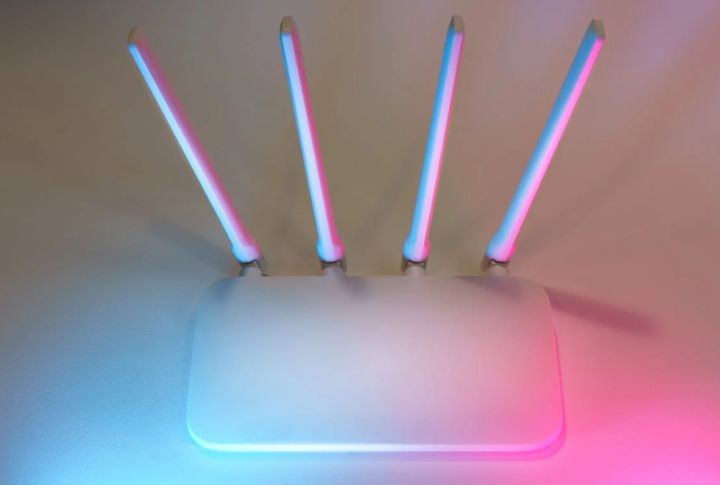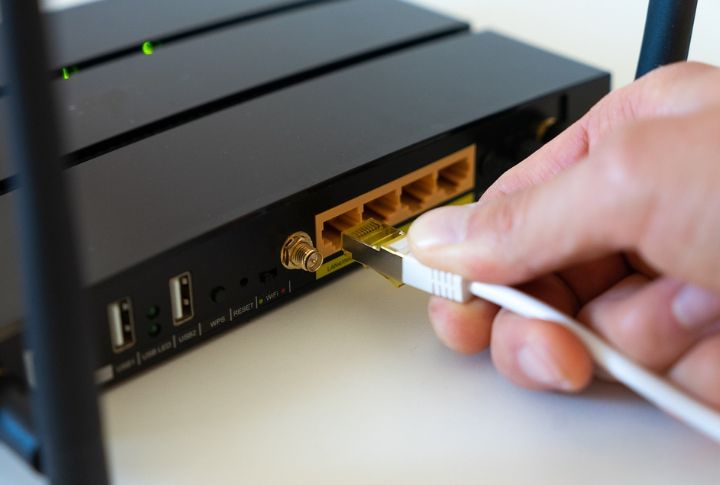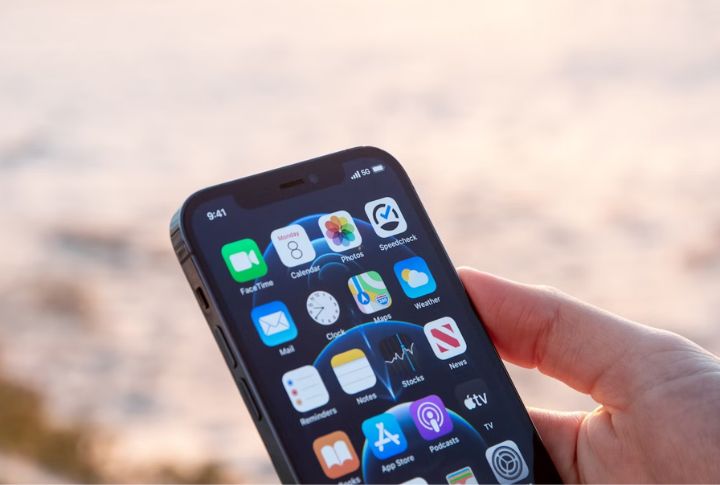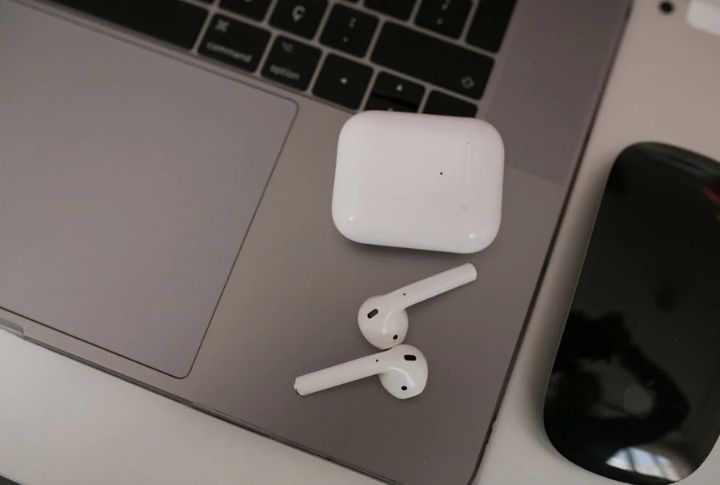
Is your internet connection slower than usual? It might not just be a glitch. If you’ve been noticing strange behaviors like buffering or unexpected device connections, someone might be stealing your Wi-Fi. Want to find out for sure? Here are the ways to tell if someone’s secretly using your network.
Blinking Router Lights When Devices Are Idle

Router lights blinking even when no device is in use? It can indicate unauthorized use of your Wi-Fi. Since activity lights typically signal active connections, unexpected blinking may mean someone is accessing your network. By spotting this early, you can prevent performance issues and, more importantly, take steps to protect your privacy and secure your router.
Repeated Router Reboots Required

Constant reboots are annoying, yes. Sometimes, it’s a router issue, but if you’ve got it checked and it still happens, take the hint. When a Wi-Fi network is overloaded with traffic from hidden users, the router may struggle to keep up, causing frequent resets. To protect your network, check your router’s device list for unfamiliar connections.
Devices You Don’t Recognize In Router Settings

Looking at device names you never kept or even heard of? It could signal a stranger is using your Wi-Fi without permission. If you’re unsure, access the settings through your browser to check the IP addresses and MAC details of the devices. Once something looks off, block those devices and change your Wi-Fi settings to stay in control of your network.
Sudden Slow Internet At Odd Times

Sudden slow internet at odd times—especially when you’re not running heavy apps—can also hint at unauthorized Wi-Fi use. Bandwidth drained by multiple unknown users often causes unexpected buffering and lag. In such cases, try to spot a pattern between slowdowns and peak hours. This may point to freeloaders—time to review your connected devices.
Suspiciously High Data Usage

Heavy data usage without any guests or change in your habits? It’s another sign of a Wi-Fi breach. This is especially problematic when you have limited data plans and specific daily usage. Thankfully, monitoring tools from your provider can reveal unusual spikes. If data use suddenly jumps, just update your password to secure the connection against such threats.
Audio Assistants Activate Unexpectedly

Notice your Alexa or Google Home talking without a prompt? That could mean someone is remotely triggering them through your internet connection. To stop this, check your connected devices and change your password. Since these assistants rely on your network, strange responses may be a sign of unauthorized Wi-Fi access or even account hacking.
Suspicious Two-Factor Authentication Triggers

Getting sudden two-factor authentication alerts without trying to log in? That’s not just a glitch—it could mean someone’s poking around your accounts through your internet. These warnings are often triggered by unfamiliar devices trying to sneak in. So, act fast: reject the login requests, secure your accounts, and reach out to your Wi-Fi service provider before they get any closer.
New Gadgets Keep Getting Kicked Offline

Wondering why your new devices won’t stay connected? If you know nothing’s wrong with those devices, the culprit might be the freeloaders who are clogging your Wi-Fi. Again, start by checking for unknown devices, and don’t hesitate to change your password. When too many users hog the bandwidth, your own gadgets often get bumped offline.
Frequent Buffering On Streaming Services

Nobody likes interruptions when their favorite show is on. But what if video quality suddenly drops while you watch Netflix or stream movies on other OTT platforms? This could mean the bandwidth is being shared with unauthorized users. To reduce interruptions and restore smooth streaming, change your password. If it still happens, it’s time to contact your service provider.
Alerts From Security Software Or Firewalls

Your security software is more than just a shield—it can alert you to suspicious activities like this. Therefore, if you ever receive notifications about unauthorized access attempts or strange network traffic, don’t ignore them. Catching it early can save you from data theft, bandwidth drain, or even a hacked smart home system.

